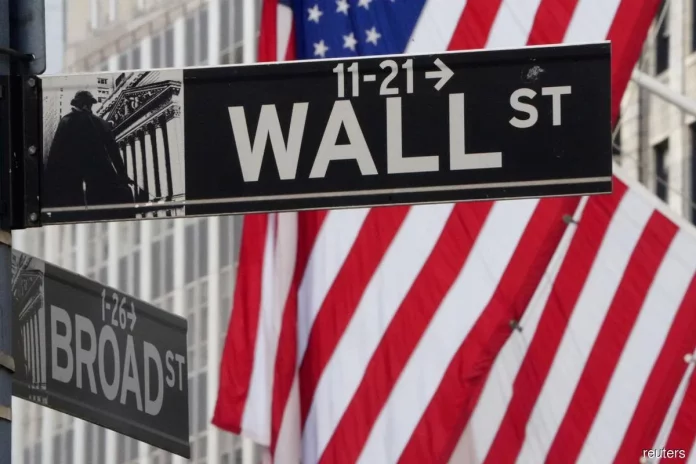U.S. stock investors are bracing for a potentially volatile September as the market faces key economic data reports, a Federal Reserve meeting and worries over a possible government shutdown during a month of historically muted equity performance.
In Septembers since 1945, the S&P 500 has declined an average of 0.7%, the worst performance of any month, according to CFRA.
Recent weeks have been volatile. The S&P 500, which is up nearly 15% this year, has retreated more than 4% from its July 31 high as investors reacted to weakness in China’s economy and a surge in Treasury yields that threatens to make equities less attractive.
The market is “coming up on a number of key inflection points at a time when the market is still on edge given the rise in rates,” said Jack Janasiewicz, portfolio manager and lead portfolio strategist at Natixis Investment Manager Solutions.
The U.S. non-farm payrolls report kicks off the month next Friday. A hotter than expected employment reading for August would likely revive inflation concerns, while a much weaker number could fuel worries that the Fed’s interest rate hikes are starting to crack the economy, Janasiewicz said.
Consumer price data due on Sep. 13 needs to walk a similar tightrope to satisfy investors. The Fed’s monetary policy meeting on Sep. 20 stands as another potential source of volatility: Friday’s speech from Fed Chairman Jerome Powell in Jackson Hole fuelled expectations of another rate increase this year, though a move in September was seen as less likely.
“It’s looking like a time to sell the offense and buy the defense if you think that September is going to be a little more volatile than normal,” said Sandy Villere, a portfolio manager at Villere & Co, who has been moving into healthcare stocks such as Pfizer and Abbott Laboratories.
Investors will also watch what happens with roughly $82 billion worth of student loans held by the government whose payments will begin in October. This could sap consumer spending ahead of the holiday shopping season.
Meanwhile, a feud over spending cuts between hardline and centrist Republicans in the U.S. House of Representatives raises the risk that of a fourth federal government shutdown in a decade if lawmakers cannot reach a deal by Sep. 30, when funding runs out with the end of the current fiscal year.
A government shutdown stands to directly reduce U.S. economic growth by around 0.15 percentage points for each week it lasts, analysts at Goldman Sachs wrote this week.
Of course, bullish stock investors have largely been rewarded for looking past potential pitfalls this year. The S&P 500 rallied despite the regional bank crisis in Feb., concerns over a debt default in June, and fear that the Federal Reserve’s most aggressive pace of interest rates hikes since the early 1980s will push the economy into a recession and derail corporate earnings growth.
Some investors believe further gains could come from a resilient economy and continued excitement over the business potential of artificial intelligence, fanned this week by chip maker Nvidia’s strong earnings report and $25 billion stock buyback announcement.
Tim Hayes, chief global investment strategist at Ned Davis Research, expects a relief rally in September. The August decline looks similar to the 6% fall between Feb and March of this year which relieved “excessive optimism” and set the market on course for more gains, he said.
“The correction started on the first day of the month, and now it has corrected the conditions that made it vulnerable,” Hayes said. – Reuters









